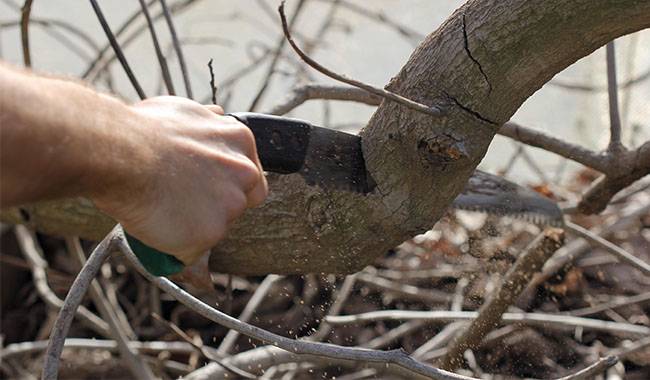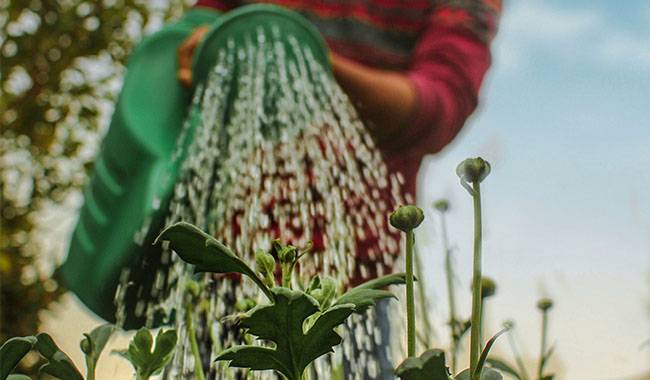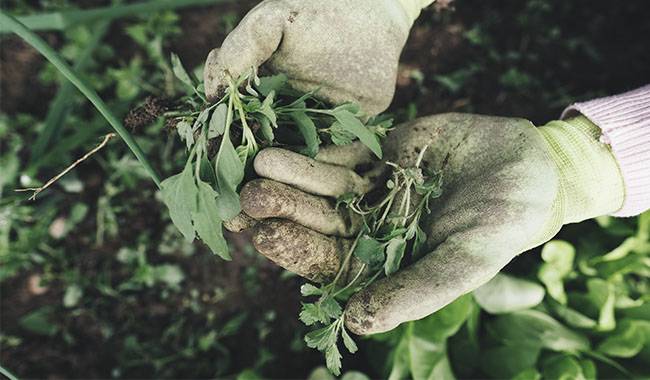
Summer is not only the season of daikon, sunshine, vacations, warm sea but also fresh vegetables and berries.
However, today, watching the market counters increasingly raises the question in my heart. Can I eat watermelons, melons, cucumbers, corn, tomatoes, and other things which are not yet ripe?
Are early vegetables and fruits dangerous? Do they not fall into the category of nitrate products, which can lead not only to poisoning but also to more serious health problems? What if you really want to?
WHAT ARE NITRATES?
Nitrates are salts of nitric acid and are one of the most important components of any plant “diet”. As they are well soluble in water, they are absorbed by the plant roots from the soil into the plant organism and are consumed in the vital functions of the plant organism.
In plants, they are reduced to harmless ammonium, which is the basis of amino acids, and then to proteins. However, under certain conditions, nitrates are not consumed, but accumulate in the plant tissues and enter our body with them.
The conditions of increased nitrate agricultural products are lack of moisture, lack of light, lack of heat, lack of trace elements (potassium, sulfur, molybdenum, cobalt), increased salinity, increased soil acidity, application of excessive fertilizers, including our favorite manure and chicken manure, and late application of fertilizers.
The rate of mineral nitrogen formation is determined by the structure, texture, fertility, temperature, and moisture uniformity of the soil. Therefore, the accumulation of nitrate varies from soil to soil, crop to crop, and even variety to variety.
Therefore, to avoid the accumulation of nitrates in vegetables in their beds, it is necessary to stop applying nitrogen-containing fertilizers 1.5 months before the product is discontinued. Organize uniform and timely watering of plants. Maintain crop rotation, including proper fertilization.
EFFECTS OF NITRATES ON HUMANS
When nitrates enter the body, they are changed. They are changed by intestinal microflora to nitrites, which are then changed to nitrosamines. Nitrites tend to irritate the intestinal wall.
Thus in nitrate poisoning – nausea, vomiting, diarrhea. The absorption capacity of the villi is reduced, making it practically impossible to absorb the useful substances in the eaten vitamin goodies.
When nitrite is absorbed into the blood and forms a stable compound with the carrier of oxygen – hemoglobin, you get methemoglobin: a compound that has no ability to bind to oxygen molecules, triggering the appearance of hypoxia – lack of oxygen in the tissues of the body.
This leads to an increase in lactic acid in the blood, which leads to acidification of the blood and a high level of fatigue. Protein, the building block of cells, is reduced. A decrease in the number of white blood cells weakens the immune system and “good” cholesterol.
The consumption of nitrate products is especially dangerous for children and pregnant women whose bodies are not yet perfect.
Finally, nitrite compounds accumulated in the body contribute to the accumulation of heavy metals in the kidneys and liver, provoke the formation of cancer, cyanosis (blue cast of the deck, facial skin, mucous membranes), reduce iodine, affect the function of the thyroid gland, suppress the nervous system, destroy blood vessels, cause migraines, drowsiness.
ACCEPTABLE LEVELS OF NITRATES IN FOOD
No food is completely free of nitrates, because nitrate salts are part of the nitrogen metabolism of every organism. This means that they come to us not only with the gift of the fields (80%), but also with contaminated water, canned food, meat, and dairy products.
Experience has proven that for an adult body the maximum amount of nitrates allowed per day is 500 mg, but 600 mg is toxic. Therefore, during the day we should not exceed an intake of 300-325 mg, with a safe limit of 250 mg.
HOW TO GET HELP IN CASE OF NITRATES POISONING
Although nitrates are present in most of the products we eat, it is not so easy to be poisoned by nitrates.
It is scientifically proven that with a balanced diet based on a variety of foods, a person can eat about 100 mg of nitrates per day, while the safe allowed amount is 250 mg. And the risk of poisoning occurs mainly with raw food or overconsumption of a single product.
But if the poisoning is from something like watermelon or melon? Unfortunately, nitrate poisoning doesn’t always manifest itself immediately. Often the first symptoms are not noticed until 4-6 hours later, sometimes even later.
So, if you suspect you’ve eaten a bad product – eat it with lemons or oranges. The ascorbic acid they contain tends to stop the conversion of nitrates to nitrites, while vitamin E helps neutralize their harmful effects.
For severe symptoms of poisoning immediately after consuming poor-quality vegetables, extensive stomach lavage, the use of saline laxatives or absorbents, and fresh air are recommended.
CONCENTRATION OF NITRATES
The structure and development of the plant determine the content and dispersion of nitrates in different parts of the plant.
Thus, the highest percentage of nitrate accumulation is found in
- Green plants: located in organs close to the root system (stems and petioles).
- Potatoes: closer to the pericarp ;
- Radish: roots and spouts;
- Cucumber: near the tail and under the skin;
- Pumpkin: in the stem area;
- Zucchini: in the skin;
- Beetroot: at the very tip of the root and in the overgrown part of the root;
- Tomato: under the skin and in the middle;
- Carrot: at the top and core;
- Corn: below 7-8 leaves.
- Cabbage: in the stump and upper leaves
- Melons: closer to the rind and veins.
Therefore, proper treatment of vegetables can significantly reduce their nitrate content: cutting off the rind, cutting off the most “dangerous” parts of the fruit, soaking.
For example, it is recommended that cucumbers be peeled and cut off the “root” or soaked in cold water for 2 hours before consumption. Greens: put in a glass of water and 30 minutes of sun. Soak potatoes in salted water (1% salt) for 24 hours to make them almost free of nitrates (90%).
Peeling the vegetables removes 15% of these nitrates. Boiling: 40% for carrots, up to 70% for cabbage, 80% for potatoes, and 40% for beets. Storing vegetables also causes their release from nitrates within 2-3 months – a reduction of 30-50%.
All nitrates are characterized by thermal instability, so they decompose when heated.
THE MAXIMUM ACCEPTABLE CONCENTRATION OF NITRATES (MAC)
The highest concentration of nitrate in agricultural products is at the beginning of maturity. Unripe fruit removed for better transport and early greenhouse produce can contain 2-3 times more nitrate than fully ripe fruit in the field. In addition, there are some crops that are particularly susceptible to nitrate accumulation – almost all spring greens, from salads to sauerkraut. And the least susceptible are fruits and squash.
Table of maximum permissible concentrations of nitrates in fruits and vegetables:
Name MAC of nitrate (mg/kg)
Green plants 2000
Cucumber 150 – 400
Zucchini 400
Early carrot 400
Late carrot 250
Beet 1400
Early cabbage 900
Late cabbage 500
Potatoes 250
Tomatoes 150 – 300
Bell pepper 200
Onion 80
Grapes 60
Apples and pears 60
Apricots 60
Strawberries 100
Melon 90
Watermelon 60
Green crops have 40% more nitrates in their stems than in their leaves.
HOW TO TEST WATERMELON FOR HIGH NITRATE LEVELS
While we don’t usually think about nitrates in most fruits and vegetables, there is a lot of talk and speculation about watermelon, and indeed, it is a real temptation in the early summer months. How do we know when watermelon is ready to eat?
Nitrates in watermelon, as well as melon, zucchini, and eggplant, are not evenly distributed in the flesh, increasing from the core to the rind. The easiest way to detect nitrates in watermelon is with a nitrate meter.
However, not everyone can afford such equipment. However, anyone can use home methods and visual assessment methods.
Method 1: Cut the watermelon in half and examine the surface of the cut – for yellow, white thickened lines – proving that a large number of nitrates have accumulated. Again, the cut surface is shown to be smooth and bright. A good, self-ripening, non-nitrated watermelon veins are not distributed, especially not stiff, and the cut – uneven, crotch.
Method 2: Separate a small piece of watermelon flesh and put it in a bowl of water. If the water turns pink after 15 minutes, it means that your watermelon has a high nitrate content.
Method 3: Look at a slice of watermelon under the light, the nitrate-filled flesh will have a slight violet color.
Method 4: Put a whole watermelon in a container of water, the nitrate fruit will sink to the bottom of the water, the good ones will always float on the surface.
Choose a watermelon from the market and remember that self-ripening fruit (without the use of chemical stimulants) will have light spots on one of the sides – visible bands on the rind where it comes in contact with the ground. If you scratch the rind with your fingernail – the surface layer is easily scratched. When you squeeze the fruit, you will hear a quiet cracking.
HOW TO TEST THE NITRATE CONTENT OF CANTALOUPE
Method 1: Cut the cantaloupe open and inspect the cut. If there are longitudinal stripes on the flesh of the cantaloupe, the cantaloupe is nitrate. The flesh near the end of the cantaloupe is different from the flesh in other parts of the cantaloupe.
Method 2: Taste: The flesh is beautiful, but not sweet – the melon is grown on stimulants.
Method 3: Check the seeds. Are the seeds gray in color and empty? This means the melon has been overfed with nitrogen.
Dear readers
Nitrates are a dangerous characteristic of high yields. And not only can we buy vegetables or fruits at the store or market, but we can also get nitrate products in our own home garden.
For this reason, we need not be obsessed with the number of cucumbers, tomatoes, cabbages, etc. grown on our garden beds, but rather remember the culture of farming: fertilize correctly, irrigate promptly, pick fruits at the right time, and follow crop rotation.
After all, our health and that of our loved ones are more important than the pride of the harvest and the money we make off of it.







